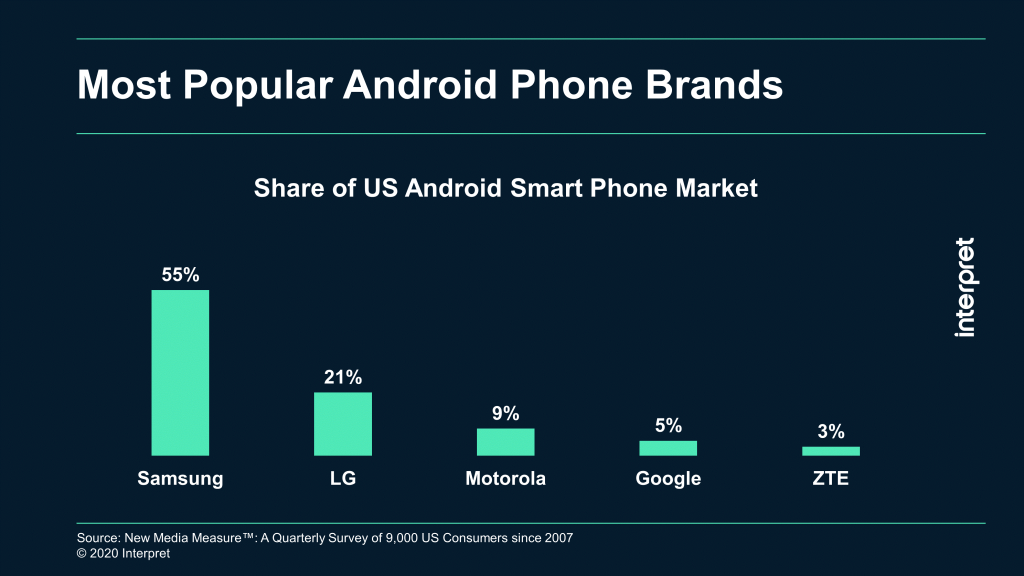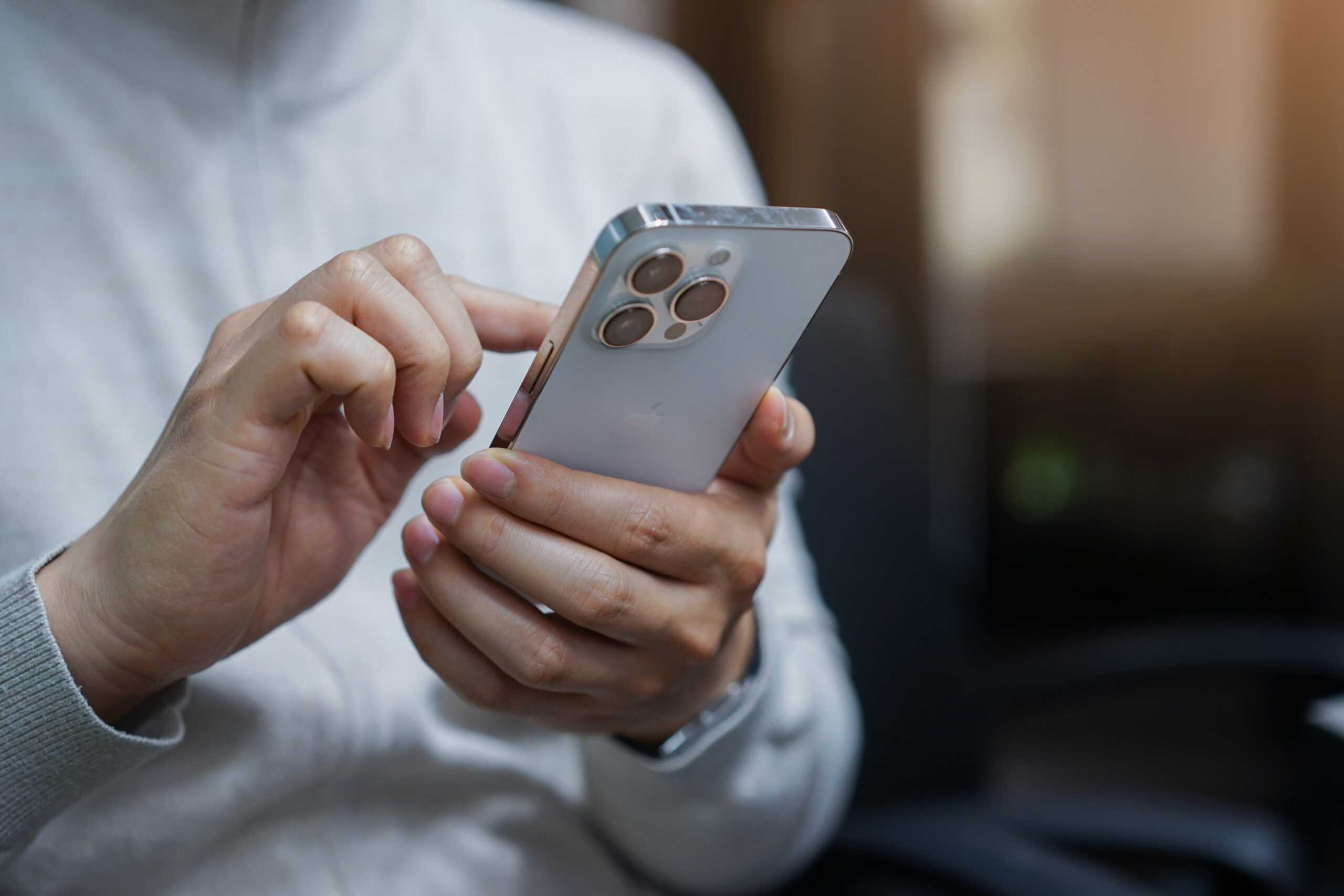The camera is arguably the most important part of any smartphone for most users. The front-facing camera on today’s smartphones, however, is usually associated with a sizable notch or cutout in the phone’s display. Consumers have gotten used to this design, but it’s clearly not an elegant solution for the selfie-obsessed crowd. Chinese telecommunications company ZTE decided to tackle this technological challenge head-on. The newly launched Axon 20 5G smartphone offers the world’s first under-display camera, which is something, as Forbes points out, that has eluded smartphone leaders Apple and Samsung.
Chinese competitor Xiaomi claimed earlier in 2020 that under-screen cameras would be “impossible” to produce on smartphones, but it now plans to launch a model with one next year. If the Axon 20 5G design holds up under regular use, it would not be surprising to see other smartphone makers follow ZTE’s lead. ZTE has, from a Western perspective, been a quiet pioneer in the field, responsible for the first 5G smartphone, the first foldable smartphone, the first pressure-sensitive display, and more.
In the US, consumers haven’t really been given a chance to embrace ZTE’s products. In March 2017, ZTE pled guilty to violating trade sanctions for exporting US technology to Iran and North Korea and the company was fined over $1 billion. Then, in April 2018, the US Department of Commerce banned US companies from providing exports to ZTE for seven years. In May 2018, Donald Trump promised to reverse the ban, and in June ZTE reached a settlement with the Department of Commerce after paying another $1 billion fine. ZTE is still very much on thin ice though – this March, the company was being investigated for bribery, and in July, the US government banned companies that use ZTE from receiving any federal contracts.
The net effect is that US market share among Android users remains in the low single digits for ZTE. In fact, according to Interpret’s New Media Measure®, ZTE’s share of the Android market fell year-over-year to just 3% and the company trails Google, LG, Motorola, and Samsung (which controls 55% of the US Android market).
“Much like Huawei, ZTE has seen its smartphone ambition in the US significantly curtailed since 2018 due to the national security concerns of the US government. I don’t even know any major US carriers that still sell its phones, so most new sales are likely from online stores as unlocked phones. A decline in ownership is not entirely unexpected,” said Harry Wang, Senior Vice President at Interpret.






